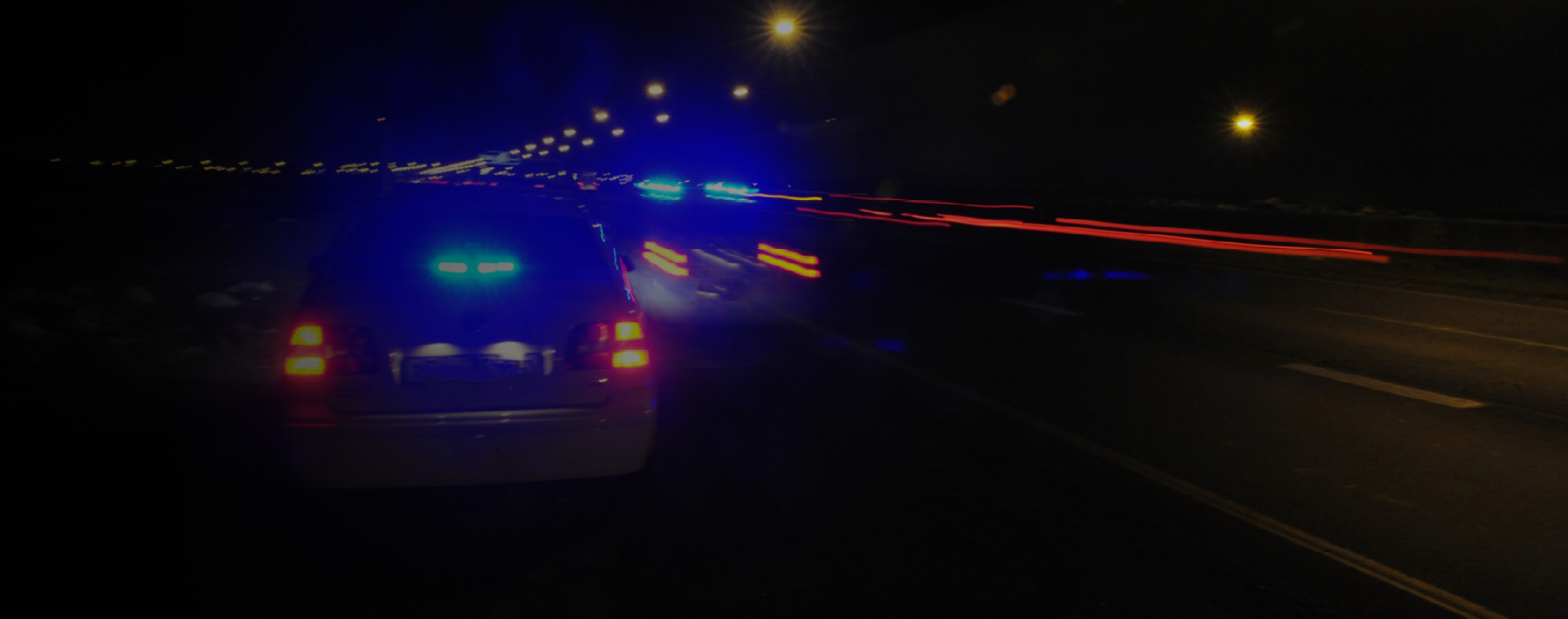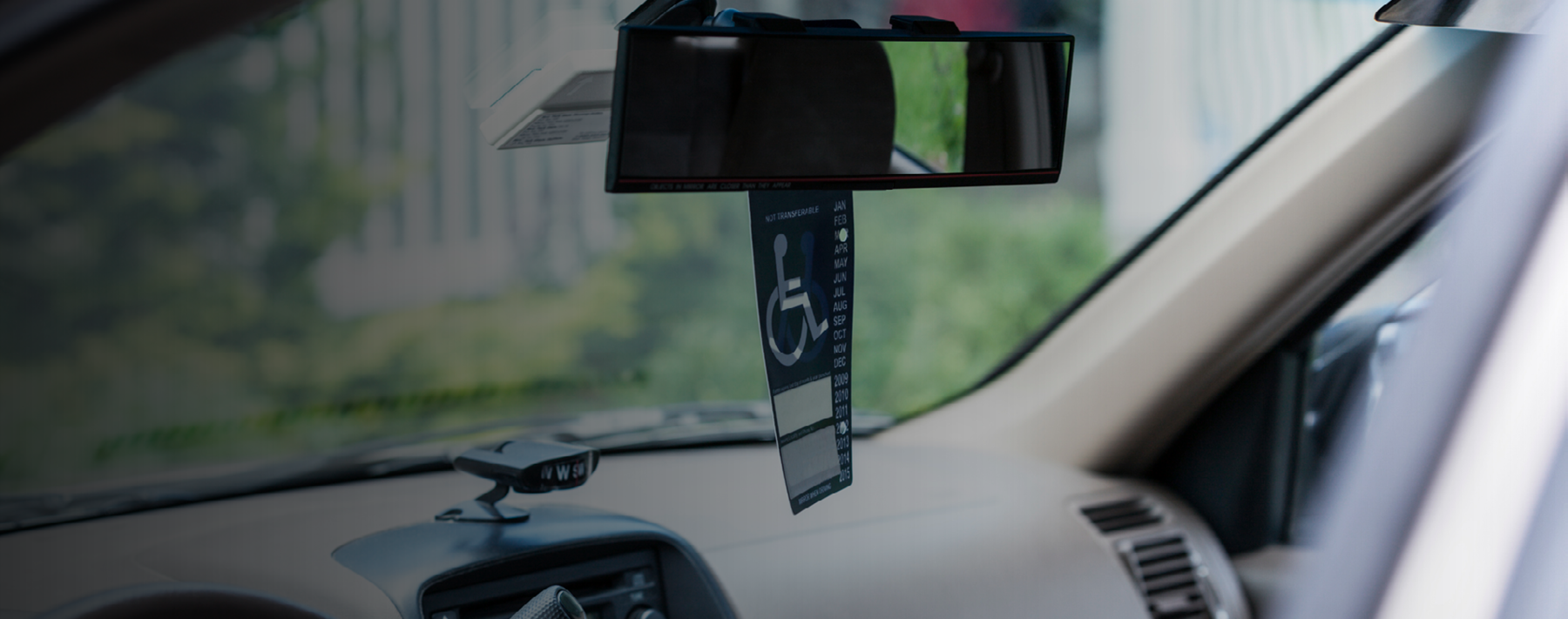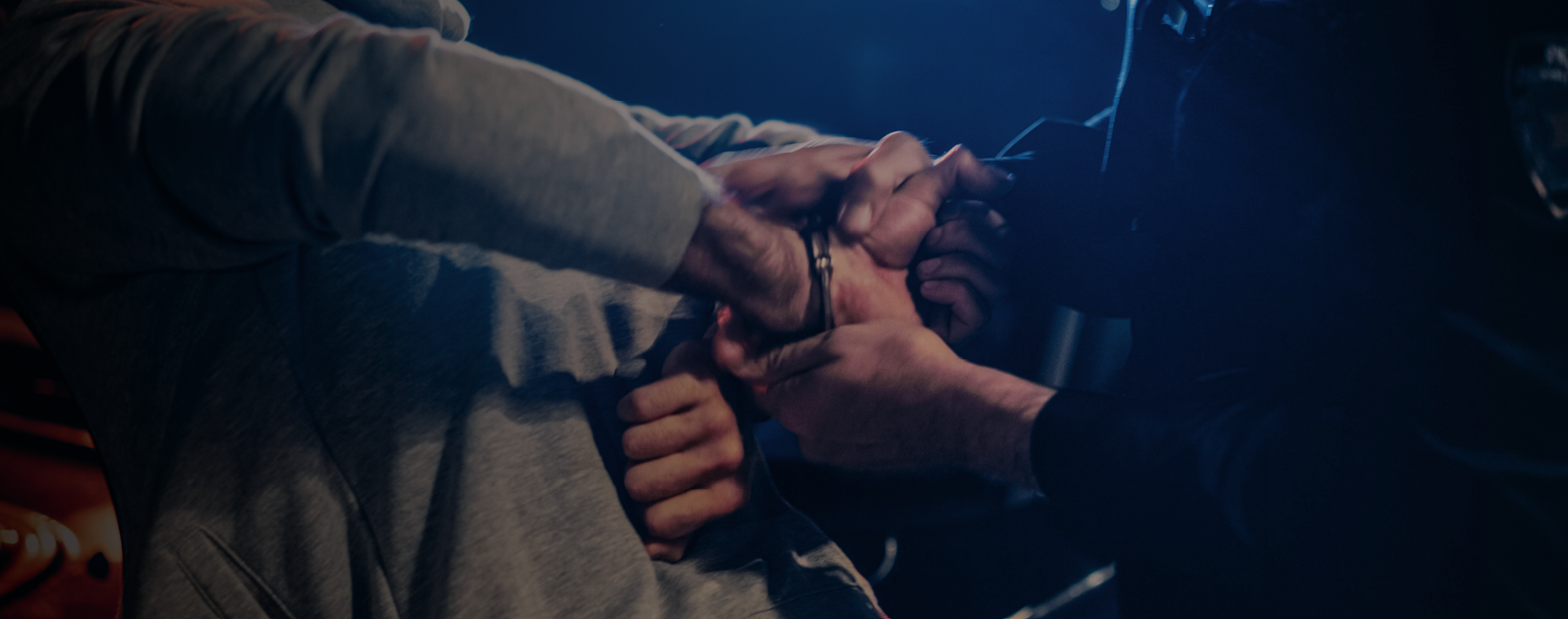United States v. Paxton, 2017 WL 655432 (7th Cir. 2017)
Paxton, his brother and three other men agreed to rob a drug stash house. The person who enlisted their participation in the robbery was an undercover officer posing as a courier for a Mexican cartel. Moreover, the stash house was merely an empty warehouse chosen for the undercover operation.
Two of the men were arrested outside a restaurant. They were placed in the back of a police transport van. The van featured steel walls and Plexiglas windows separating the driver compartment from two rear confinement compartments. Officers drove the van to the fake stash house, where the other three men were arrested.
The court also stated, “We are fast approaching a day when police interactions with civilians, including detainees, will be recorded from beginning to end.”
As the officers drove to the stash house, the first two men made several inculpatory statements. Once the other three men were in the van, they talked about the intended robbery. One of the men said that the van was “probably bugged.” It was. The men spoke in low voices, but continued to make admissions about the robbery plans.
When the prosecution tried to introduce the inculpatory statements into evidence, the defendants asked that their statements be suppressed. Paxton and his co-defendants argued that they had both a subjective and objective expectation of privacy in the “mobile jail.” In support of their claim, they noted the security features and argued that they spoke in low voices, objectively intending that their conversation not be overheard.
The law is clear that there is no reasonable expectation of privacy in the back of a patrol car. However, the trial court distinguished a patrol car from a transport van. Sitting in a patrol car, an arrestee should be on notice that any statements will be recorded. First, the patrol car is the officer’s mobile office and also a mobile jail. Second, the dashboard area of a patrol car “visibly bristles” with electronic equipment that ought to signal to anyone seated in the car that a recording device is among the bells and whistles and sirens and radios of the car.
Unlike the patrol car, according to the trial court, the transport van featured solid steel confinement dividers and double Plexiglas windows separating the front, where officers sit, and the confinement compartments. Further, though the recording devices were capable of real-time monitoring by the police van driver to facilitate security monitoring during the transport, that feature was not activated. The court ruled that these distinctions gave the defendants a reasonable expectation of privacy.
The court of appeals disagreed and reversed. It acknowledged the distinction between a patrol car and a transport van, but held that society does not recognize an expectation of privacy for an arrestee detained in the back of a marked official police vehicle. Notably, citing the proliferation of body-worn cameras on police and recording by citizens with smart phone cameras, the court also stated, “We are fast approaching a day when police interactions with civilians, including detainees, will be recorded from beginning to end.” Therefore, Paxton and his criminal cohort should have expected the van was—as they suspected—equipped with recording devices.



